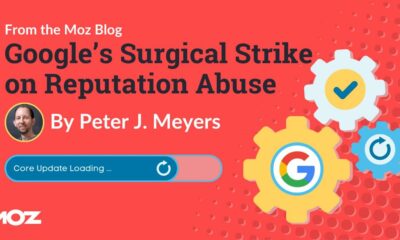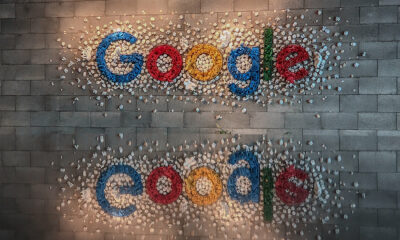MARKETING
MozCon 2023: The Initial Agenda

The big event is just about four months out and we’re excited to give you a preview of what you can expect to hear on stage this August!
From fresh faces joining us for the first time to fan favorites making a return appearance, our speaker lineup this year is 🔥. Topics range from AI & future-proofing your strategies, technical SEO, content marketing, and way more — all with an emphasis on practitioners sharing tactical advice and real-world stories of how they’ve moved the needle (and how you can, too).
Once again, you’ve got two incredible ways to join us for Mozcon, a fully immersive in-person experience in Seattle, or through our livestream only passes which will be broadcast live from the Seattle stage. Can’t join us in person or for the livestream? We’ve got you covered with an option to pre-purchase access to the post-event video recording bundle so you can catch the sessions when your schedule permits.
Grab your MozCon ticket today and get ready for the Future of Search!
The Emcees
We have three incredibly entertaining MozCon Emcees this year to guide you through each day and keep the show rolling along:
Cheryl Draper
Senior Growth Marketing Manager | Moz
Melissa Rae Brown
Learning Team Manager | Moz
Ola King
User Researcher | Moz
The Speakers + Agenda
Feast your eyes on the lineup of talks being presented this year:
Amanda Jordan
Director of Digital Strategy | RicketyRoo
Build Better backlinks for Local Brands
As with everything in local SEO, backlinks are just a little different. What do local pack rankers typically have in common? To answer that question, we’ve collected backlink data across several home services businesses across the USA and categorized them. We’ll share our findings, and how you can build better backlinks for local clients! By the end of this session, you’ll be able to list the different types of backlinks local businesses typically have, identify which link types correlate with stronger rankings, and most importantly, how to apply this to your clients!
Andi Jarvis
Strategy Director | Eximo Marketing
Back to the Future: What Lessons From Marketing History Can Tell Us About the Future
“Marketing has changed more in the last decade than at any time in history.” There’s a blog published that features a version of this line roughly every 0.5 seconds* – but does anyone stop to consider if it’s accurate? Andi will demonstrate how marketing and audiences aren’t really changing, and that the future of marketing is much the same as the past. Why is this important? Because people, not robots, sit at the heart of marketing. By the end of this talk, you’ll understand how you get your customers back to the center of what you do, and how that will turbocharge your marketing efforts. Strap yourself into the MozCon time machine for a journey Back to the Future.
*Stats entirely made up… much like the results used in most content marketing efforts.
Azeem Ahmad
Digital Marketing Lead | ASSA ABLOY
Beyond the written word: Future-proofing your content strategy by leveraging multimedia formats.
In today’s rapidly changing digital world, marketers must go beyond just written content to engage with their target audience in the right way. Consumers, including marketers themselves, now expect content that is visually appealing, easily digestible, and interactive. If you want to ensure the longevity of your content strategy and also be more adaptable to the changing landscape digitally, you’ll need to leverage multimedia formats such as video, audio, and more. This talk will explore the benefits of incorporating these formats into your marketing strategy, including tips on how to create engaging content that resonates with your audience and boosts conversions/sales. By the end of this session, you’ll have a clear understanding of how to future-proof your content strategy and stay ahead of the competition.
Brie E. Anderson
Owner | BEAST Analytics
From Fear to Forward Motion: Navigating the Future of Analytics with Confidence
What the heck even is GA4 and why are you being forced to use it? Get ready to explore the rapidly changing landscape of analytics! In this talk, we will explore the future of analytics and provide a step-by-step guide to adjusting to the big changes that lie ahead. We will discuss how to move from fear and resistance to embracing the transformation that is already taking place. You will leave with a blueprint for success that will help you future-proof your analytics strategy and unlock new possibilities for growth and innovation.
Carrie Rose
Founder | Rise at Seven
Dominating TikTok, YouTube, Pinterest and Amazon SERPS As Consumer Behavior Changes
As search volumes rapidly change and users use new platforms such as TikTok for search, how should SEOs respond? Carrie will share her process of dominating all SERPS – not just Google! Discover how SEO fits within the user journey, and the role content can play for both offsite and onsite content, generating links and search demand. You’ll learn how advertising and SEO overlap, and what we can learn from award-winning advertising as part of search strategies..
Chris Long
VP of Marketing | Go Fish Digital
Why SEOs Need To Start Playing Offense Instead of Defense
In an industry overloaded with data, tools, algorithm changes, and a constantly evolving landscape, it’s tough to know what to prioritize. Often, this leads SEO initiatives and strategies to be more reactive instead of proactive. In this session, Chris will show you how to shift to an offensive SEO mindset. This will help you better prioritize key initiatives, get stakeholder buy-in, and navigate a successful long-term SEO strategy. You’ll leave this session understanding how to identify new markets to break into, leverage SEO data around key recommendations, utilize keyword segmentation to better inform your SEO strategy, and build a framework for setting up SEO experiments.
Crystal Carter
Head of SEO Communications | Wix
Views on Views of Video SEO
Fifty-four percent of consumers report that they’d like to see more videos from brands, and video SERPs account for an average of 20% of untapped keyword opportunities. There’s never been a better time to improve your video SEO! From on-page embeds, to SERP visibility, and even in your backlink profile, video is an unrivaled tool for adding value to your content and improving your website’s SEO outcomes. In this talk, Crystal explores what matters on the Google SERP, and what leads to success when optimizing the videos on your site.
Daniel Waisberg
Search Advocate | Google
Search Data at Scale
Are you using Search data effectively and at scale? In this presentation, Google Search Advocate Daniel Waisberg will present the data available today, and demonstrate the best methods of using Search Console bulk exports for scaling your SEO efforts. After this talk, you’ll understand the challenges of using data to steer your strategy, and get the scoop on analyzing and visualizing this data to drive your product decisions!
Duane Brown
Founder & Head of Strategy | Take Some Risk Inc.
Hiring The Perfect Agency: How To Avoid Getting Burned
A 2022 Upwork study shows that 39% of the U.S. workforce freelances. Just think about how many more ad agencies exist today, as compared to 2019. You’d think that hiring would be easier with all of these options, but nothing could be further from the truth. Hiring is a valuable skill, and we are going to give you the skills to hire that next agency. By the end of this session, you’ll be able to identify agencies that are the best fit for your brand, effectively interview prospects, avoid pricing ambiguity and pitfalls, partake in productive onboarding, and look for meaningful results and metrics. Let’s get you the skills to hire better next time!
Jackie Chu
SEO Lead, Intelligence | Uber
SEO Co-Conspirators: Navigating Complex Systems
SEOs have self-reported that the #1 challenge to their SEO program being successful is getting changes implemented. Additionally, we’re often faced with constantly having to prove the value of SEO as a channel. In this talk, Jackie will focus on how you can source and uncover allies, enlist your coworkers, and successfully navigate the political landscape to get your project prioritized.
Jason Dodge
Founder & CEO | Black Truck Media + Marketing
Rethink Your Industry Pages – They’re Not What You Think
B2B marketers, and SEOs alike, are all too quick to create industry-specific landing pages for every single vertical we serve. In reality, these pages have very little relevance to what your customers are actually searching for, or what it is that you actually do in that space – limiting the reach and missing out on potential customers who would benefit from your solutions. Are you ready to reimagine your entire industry vertical proposition? Jason will explain the ins and outs of industry pages, their role in content marketing, and – more importantly – how optimizing content around the pain points and direct needs of your customers is more relevant now in B2B marketing than ever before.
Jes Scholz
Group CMO | Ringier
Mind the Gap: Bridging Generational Differences in SEO
To keep up with the ever-evolving needs of users, Google is transforming from being a search engine to an ecosystem of experiences that often reach people before they need to search. Discover, Google Lens, YouTube Shorts, and Bard are just a few examples of this shift towards richer, more engaging surfaces. By the end of this talk, you’ll be able to leverage these new visibility platforms to improve organic performance and future-proof your brand.
Lidia Infante
Senior SEO Manager | Sanity
Headless SEO: I’m Sorry, But This Is Happening
Headless CMSes are on the rise, and headless SEO is quickly becoming an essential skill for SEOs. In this talk, Lidia will explain the concept of content modeling with RAL examples, which lies at the core of headless CMSes. By the end of this presentation, you will have a firm grasp of the limitations and advantages of headless SEO, and possess a checklist of 7 implementations you need to request from your development team.
Lily Ray
Senior Director, SEO & Head of Organic Research | Amsive Digital
Google’s Just Not That Into You: Intent Switches During Core Updates
If your website has been negatively impacted by a Google core update, it is common to immediately assume that there is something wrong with your site. However, there are many other factors that could explain why rankings changed during a core update, and understanding these are key to improving performance. You’ll walk away from this session understanding how Google core updates work, how and why the results change, how to respond to being hit by an update, and how to future-proof your site.
Miracle Inameti-Archibong
SEO Lead (Insurance) | MoneySuperMarket Group
How to Use Brand SEO to Future-Proof Your Online Visibility
With digital ad spending projected to reach $701 billion in 2023, generic CTR dropping by 12% between position 1 and 2, the increase in no-click searches (+60%), and the constant rolling out of updates, it’s more important than ever to build a sustainable online brand presence to algorithm-proof your traffic. This talk will explore how SEOs can contribute to brand building, and how it can help future-proof your online visibility.
Noah Learner
Director of Innovation | Sterling Sky
Down the Mountain
Struggling to find your place in SEO? Want to break through to the next level, but feel like you’ve hit the wall? Join Noah Learner on the journey “Down the Mountain”, as he shares his evergreen framework for optimizing your career in any market. This framework – built on craft, people, critical thinking skills, and synthesizing data – will help you now and in the future, as you look for what’s next. You’ll learn a repeatable process and specific skills that will help you accelerate your career and make you impossible to ignore.
Dr. Pete Meyers
Marketing Scientist | Moz
Lower Your Shields: The Borg Are Here
From ChatGPT to Bing’s Prometheus to Google’s Bard, AI (specifically, Large Language Models) is disrupting search as we know it. We can fight the inevitable, or we can put these tools to work. Learn where AI chat excels, where it fails (sometimes spectacularly), and how to use these tools to not only keep your SEO job, but also level-up your SEO career.
Ross Simmonds
CEO & Founder | Foundation Marketing
The Evolution of Content & The Future of Our Industry
Is it all over? Is the world as we knew it a wrap? With the rise of AI – is it realistic to assume that the world of SEO and content will stay the same? Or should we all start dusting off our resumes to try something new? In this presentation, Ross is going to share a blend of both the realities of how AI can be incorporated into our work (maybe to give us additional runway) and answer the question as to whether or not AI is actually coming for our jobs and what we can do to ensure that we’re ahead of the curve when it comes to using these tools, embracing the technology and finding edges amidst rapid change.
Tom Anthony
CTO | Search Pilot
Entities Are the Past: Search Is Going Multidimensional
For years, “keywords” were everything in search, and then came the rise of ‘the entity’. Tom believes that the time of the entity will soon be over, and will explain how Deep Learning ‘latent spaces’ are highlighting that entities were 1-dimensional thinking. The future of search is going to be about context, and it isn’t far off. You’ll walk away from this session with a new technique that will replace keyword research so that you can prepare, and ideally, get ahead of the competition.
Tom Capper
Senior Search Scientist | Moz
The SERP is Dead, Long Live The SERP
SEOs have complained for many years now, that the SERP just isn’t what it used to be. We yearn for the simpler days of 10 blue links. But Google is changing for a reason, and SEOs have reason to be invested in its survival. Besides, not all SERP features are bad news. In this talk, Tom will look at Google’s direction, and the strategic imperatives that are forcing its hand. You’ll walk away with a plan to unearth happiness (and organic revenue) in the brave new world.
Wil Reynolds
CEO & VP of Innovation | Seer Interactive
To Be Announced
We hope you’re as excited as we are for August 7th and 8th to hurry up and get here. And again, if you haven’t grabbed your ticket yet, we’ve got your back. Early Bird pricing is on through May 31st.
MARKETING
Google’s Surgical Strike on Reputation Abuse
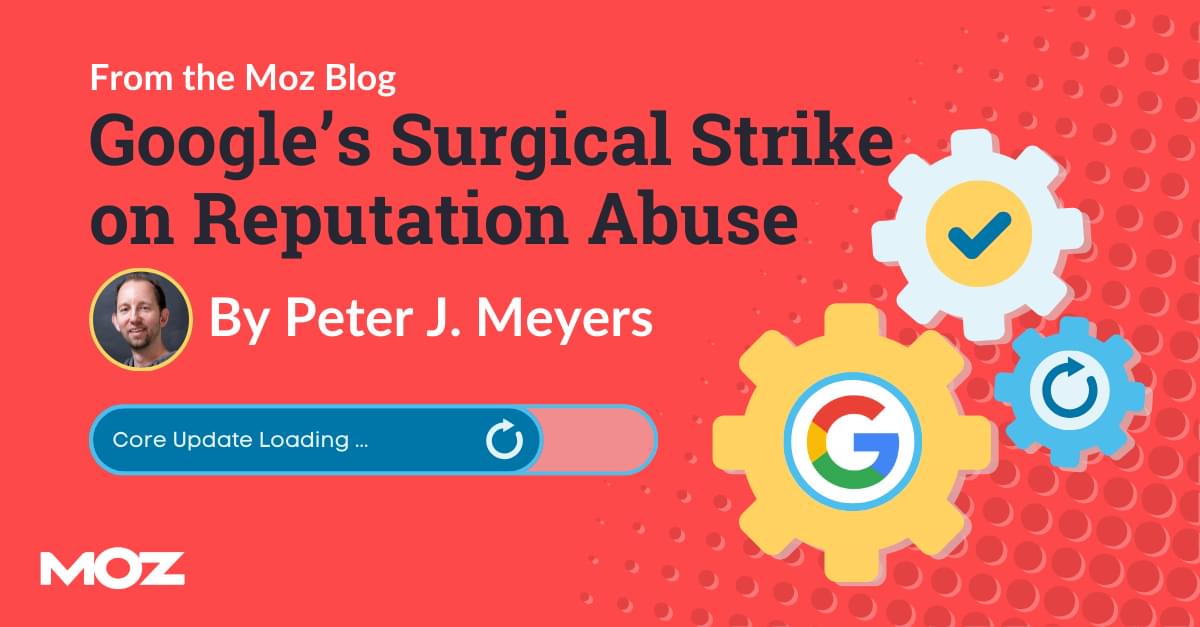
These aren’t easy questions. On the one hand, many of these sites do clearly fit Google’s warning and were using their authority and reputation to rank content that is low-relevance to the main site and its visitors. With any punitive action, though, the problem is that the sites ranking below the penalized sites may not be of any higher quality. Is USA Today’s coupon section less useful than the dedicated coupon sites that will take its place from the perspective of searchers? Probably not, especially since the data comes from similar sources.
There is a legitimate question of trust here — searchers are more likely to trust this content if it’s attached to a major brand. If a site is hosting third-party content, such as a coupon marketplace, then they’re essentially lending their brand and credibility to content that they haven’t vetted. This could be seen as an abuse of trust.
In Google’s eyes, I suspect the problem is that this tactic has just spread too far, and they couldn’t continue to ignore it. Unfortunately for the sites that were hit, the penalties were severe and wiped out impacted content. Regardless of how we feel about the outcome, this was not an empty threat, and SEOs need to take Google’s new guidelines seriously.
MARKETING
18 Events and Conferences for Black Entrepreneurs in 2024
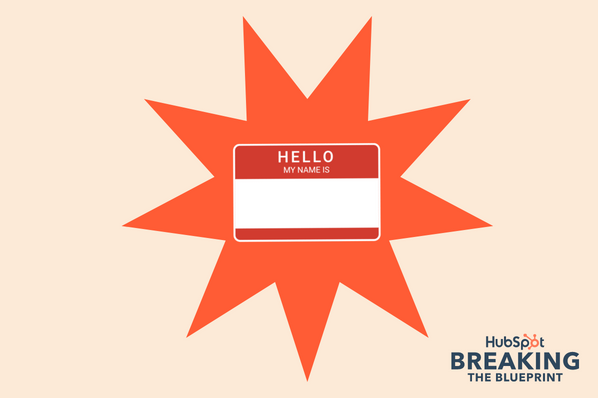
Welcome to Breaking the Blueprint — a blog series that dives into the unique business challenges and opportunities of underrepresented business owners and entrepreneurs. Learn how they’ve grown or scaled their businesses, explored entrepreneurial ventures within their companies, or created side hustles, and how their stories can inspire and inform your own success.
It can feel isolating if you’re the only one in the room who looks like you.
MARKETING
IAB Podcast Upfront highlights rebounding audiences and increased innovation
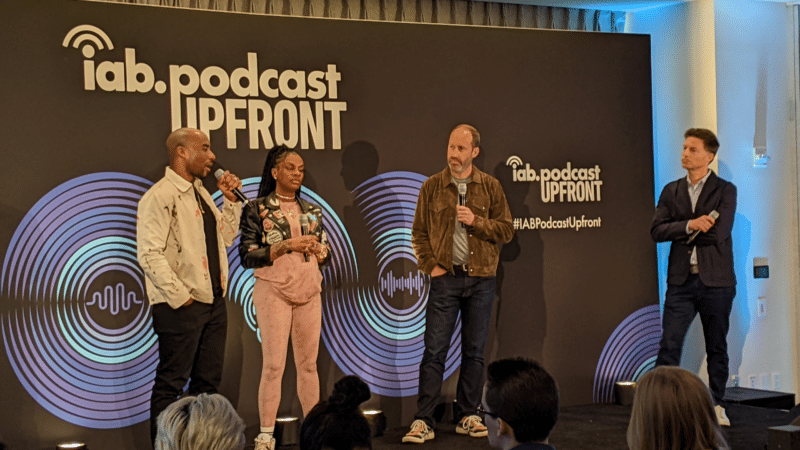
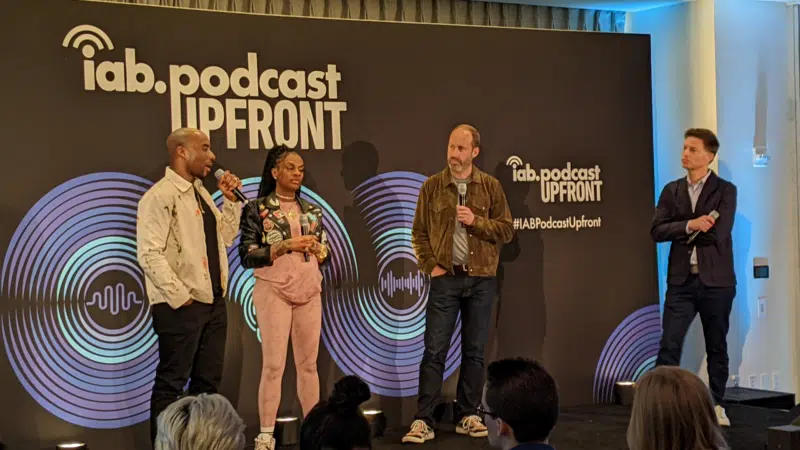
Podcasts are bouncing back from last year’s slowdown with digital audio publishers, tech partners and brands innovating to build deep relationships with listeners.
At the IAB Podcast Upfront in New York this week, hit shows and successful brand placements were lauded. In addition to the excitement generated by stars like Jon Stewart and Charlamagne tha God, the numbers gauging the industry also showed promise.
U.S. podcast revenue is expected to grow 12% to reach $2 billion — up from 5% growth last year — according to a new IAB/PwC study. Podcasts are projected to reach $2.6 billion by 2026.
The growth is fueled by engaging content and the ability to measure its impact. Adtech is stepping in to measure, prove return on spend and manage brand safety in gripping, sometimes contentious, environments.
“As audio continues to evolve and gain traction, you can expect to hear new innovations around data, measurement, attribution and, crucially, about the ability to assess podcasting’s contribution to KPIs in comparison to other channels in the media mix,” said IAB CEO David Cohen, in his opening remarks.
Comedy and sports leading the way
Podcasting’s slowed growth in 2023 was indicative of lower ad budgets overall as advertisers braced for economic headwinds, according to Matt Shapo, director, Media Center for IAB, in his keynote. The drought is largely over. Data from media analytics firm Guideline found podcast gross media spend up 21.7% in Q1 2024 over Q1 2023. Monthly U.S. podcast listeners now number 135 million, averaging 8.3 podcast episodes per week, according to Edison Research.
Comedy overtook sports and news to become the top podcast category, according to the new IAB report, “U.S. Podcast Advertising Revenue Study: 2023 Revenue & 2024-2026 Growth Projects.” Comedy podcasts gained nearly 300 new advertisers in Q4 2023.
Sports defended second place among popular genres in the report. Announcements from the stage largely followed these preferences.
Jon Stewart, who recently returned to “The Daily Show” to host Mondays, announced a new podcast, “The Weekly Show with Jon Stewart,” via video message at the Upfront. The podcast will start next month and is part of Paramount Audio’s roster, which has a strong sports lineup thanks to its association with CBS Sports.
Reaching underserved groups and tastes
IHeartMedia toasted its partnership with radio and TV host Charlamagne tha God. Charlamagne’s The Black Effect is the largest podcast network in the U.S. for and by black creators. Comedian Jess Hilarious spoke about becoming the newest co-host of the long-running “The Breakfast Club” earlier this year, and doing it while pregnant.
The company also announced a new partnership with Hello Sunshine, a media company founded by Oscar-winner Reese Witherspoon. One resulting podcast, “The Bright Side,” is hosted by journalists Danielle Robay and Simone Boyce. The inspiration for the show was to tell positive stories as a counterweight to negativity in the culture.
With such a large population listening to podcasts, advertisers can now benefit from reaching specific groups catered to by fine-tuned creators and topics. As the top U.S. audio network, iHeartMedia touted its reach of 276 million broadcast listeners.
Connecting advertisers with the right audience
Through its acquisition of technology, including audio adtech company Triton Digital in 2021, as well as data partnerships, iHeartMedia claims a targetable audience of 34 million podcast listeners through its podcast network, and a broader audio audience of 226 million for advertisers, using first- and third-party data.
“A more diverse audience is tuning in, creating more opportunities for more genres to reach consumers — from true crime to business to history to science and culture, there is content for everyone,” Cohen said.
The IAB study found that the top individual advertiser categories in 2023 were Arts, Entertainment and Media (14%), Financial Services (13%), CPG (12%) and Retail (11%). The largest segment of advertisers was Other (27%), which means many podcast advertisers have distinct products and services and are looking to connect with similarly personalized content.
Acast, the top global podcast network, founded in Stockholm a decade ago, boasts 125,000 shows and 400 million monthly listeners. The company acquired podcast database Podchaser in 2022 to gain insights on 4.5 million podcasts (at the time) with over 1.7 billion data points.
Measurement and brand safety
Technology is catching up to the sheer volume of content in the digital audio space. Measurement company Adelaide developed its standard unit of attention, the AU, to predict how effective ad placements will be in an “apples to apples” way across channels. This method is used by The Coca-Cola Company, NBA and AB InBev, among other big advertisers.
In a study with National Public Media, which includes NPR radio and popular podcasts like the “Tiny Desk” concert series, Adelaide found that NPR, on average, scored 10% higher than Adelaide’s Podcast AU Benchmarks, correlating to full-funnel outcomes. NPR listeners weren’t just clicking through to advertisers’ sites, they were considering making a purchase.
Advertisers can also get deep insights on ad effectiveness through Wondery’s premium podcasts — the company was acquired by Amazon in 2020. Ads on its podcasts can now be managed through the Amazon DSP, and measurement of purchases resulting from ads will soon be available.
The podcast landscape is growing rapidly, and advertisers are understandably concerned about involving their brands with potentially controversial content. AI company Seekr develops large language models (LLMs) to analyze online content, including the context around what’s being said on a podcast. It offers a civility rating that determines if a podcast mentioning “shootings,” for instance, is speaking responsibly and civilly about the topic. In doing so, Seekr adds a layer of confidence for advertisers who would otherwise pass over an opportunity to reach an engaged audience on a topic that means a lot to them. Seekr recently partnered with ad agency Oxford Road to bring more confidence to clients.
“When we move beyond the top 100 podcasts, it becomes infinitely more challenging for these long tails of podcasts to be discovered and monetized,” said Pat LaCroix, EVP, strategic partnerships at Seekr. “Media has a trust problem. We’re living in a time of content fragmentation, political polarization and misinformation. This is all leading to a complex and challenging environment for brands to navigate, especially in a channel where brand safety tools have been in the infancy stage.”
Dig deeper: 10 top marketing podcasts for 2024
-

 PPC7 days ago
PPC7 days agoHow the TikTok Algorithm Works in 2024 (+9 Ways to Go Viral)
-

 SEO6 days ago
SEO6 days agoHow to Use Keywords for SEO: The Complete Beginner’s Guide
-

 MARKETING7 days ago
MARKETING7 days agoHow To Protect Your People and Brand
-

 MARKETING4 days ago
MARKETING4 days agoAdvertising on Hulu: Ad Formats, Examples & Tips
-
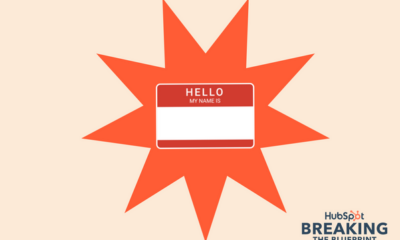
 MARKETING1 day ago
MARKETING1 day ago18 Events and Conferences for Black Entrepreneurs in 2024
-

 MARKETING5 days ago
MARKETING5 days agoUpdates to data build service for better developer experiences
-

 MARKETING6 days ago
MARKETING6 days agoThe Ultimate Guide to Email Marketing
-
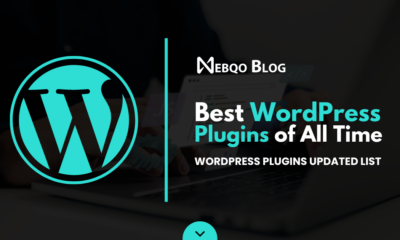
 WORDPRESS4 days ago
WORDPRESS4 days agoBest WordPress Plugins of All Time: Updated List for 2024


